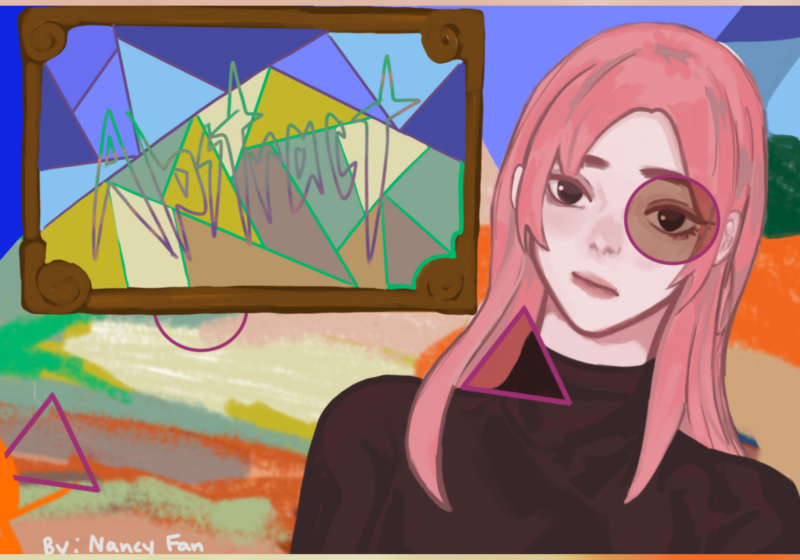I think to tackle the behemoth of a question “what is art?” is near-impossible. There will always be unexplored territory in art. There will always be boundaries we should’ve pushed — and perhaps boundaries that we should’ve left alone!
If we’re to progress an inch in a discussion of art, we need to make some assumptions.
First off: People’s reactions to art are subjective. One may delve deeper into a movie like Bong Joon Ho’s “Parasite,” while another will invest more time admiring a Van Gogh painting. If both traded their preferred pieces of art — Van Gogh for “Parasite” — perhaps neither of them would get as much out of the other’s.
Each work of art — each dance, film, or song — has a different impact on each individual, ranging from apathy to idolatry. True valuation of art comes from the viewer interacting with the work and the work leaving its impression on the viewer. Put differently, the viewer’s regard and the artist’s work marry to become one impression or perception of art. Does that mean that where there are artists to express themselves and audiences to react to their pieces, that art exists there? Yes. Does that mean that all living art is equally valuable in the eyes of us patrons? No. We don’t give participation trophies to things that don’t impact us.
The viewer’s impression of art is part of what gives it value. We, as a body of viewers, have the power to dictate what gets rewarded with our appreciation, our investment, and our money. Typically, what ends up being rewarded by us art patrons is art that shows significant amounts of time, effort, technique, or creativity poured into it. Take the creativity of “Parasite” — the body of praise it’s garnered has shown it to be a valuable piece of art.
The dilemma with modern art arises when the criteria (creativity, effort, ingenuity, etc.) the viewer looks for in a created piece are hard to realize by said viewer. If you, the artist, put a urinal on exhibition in an art museum and say, “it’s art,” you’d be right as long as you have some intention behind it. The problem is that the invested viewer wants to be able to see where the time, effort, technique, and creativity are in that piece of art, so it can have an effect on the viewer that is more than just, “Jeez, I guess anything can be art nowadays.” Because, via the viewer basing it off other paintings the viewer has seen before, the effort put into a familiar painting is easier to see, appreciate, or, at the very least, respect.
I went to the Guggenheim Museum in Manhattan two weeks back and saw a modernist art exhibition on race relations in America called “Going Dark.” All of the pieces were by Black artists, many of which were expressing the many possible identity crises Black Americans experience. I could sympathize with these artists and understand their cause for anguish, but as a viewer, I found it hard to respect the effort behind some of the modernist pieces featured in “Going Dark.” This is because I wasn’t able to realize the effort, technique, or creativity that went into many of them. For example, one of the pieces was literally just the hood of a hoodie nailed to the wall. I understand that the artist is trying to say “more with less” on America’s racial divides. The much-needed intent is present behind the art, but it looks like the artist tore a hood off of a hoodie and nailed it to the wall — it doesn’t look like they put much effort into this. Such is with much of modern art: The intention is there, and the work exists, but I can’t tell that the effort and creativity are there.
Many of the modernist art pieces in this exhibit were really hard to derive any meaning from unless you read the plaque on the wall next to the piece. That’s a problem. I derive less value from a work of art when forced to consult outside sources to tell me its meaning. Art should be able to defend itself on its own.
If you put a urinal in the middle of an art museum, for all I can tell, you could’ve gotten it from the dumpster of an Arby’s. That doesn’t leave me impressed; instead, it makes me smirk for a second and then get angry when I realize that I spent $20 to get into this museum, and I’m looking at a urinal.


